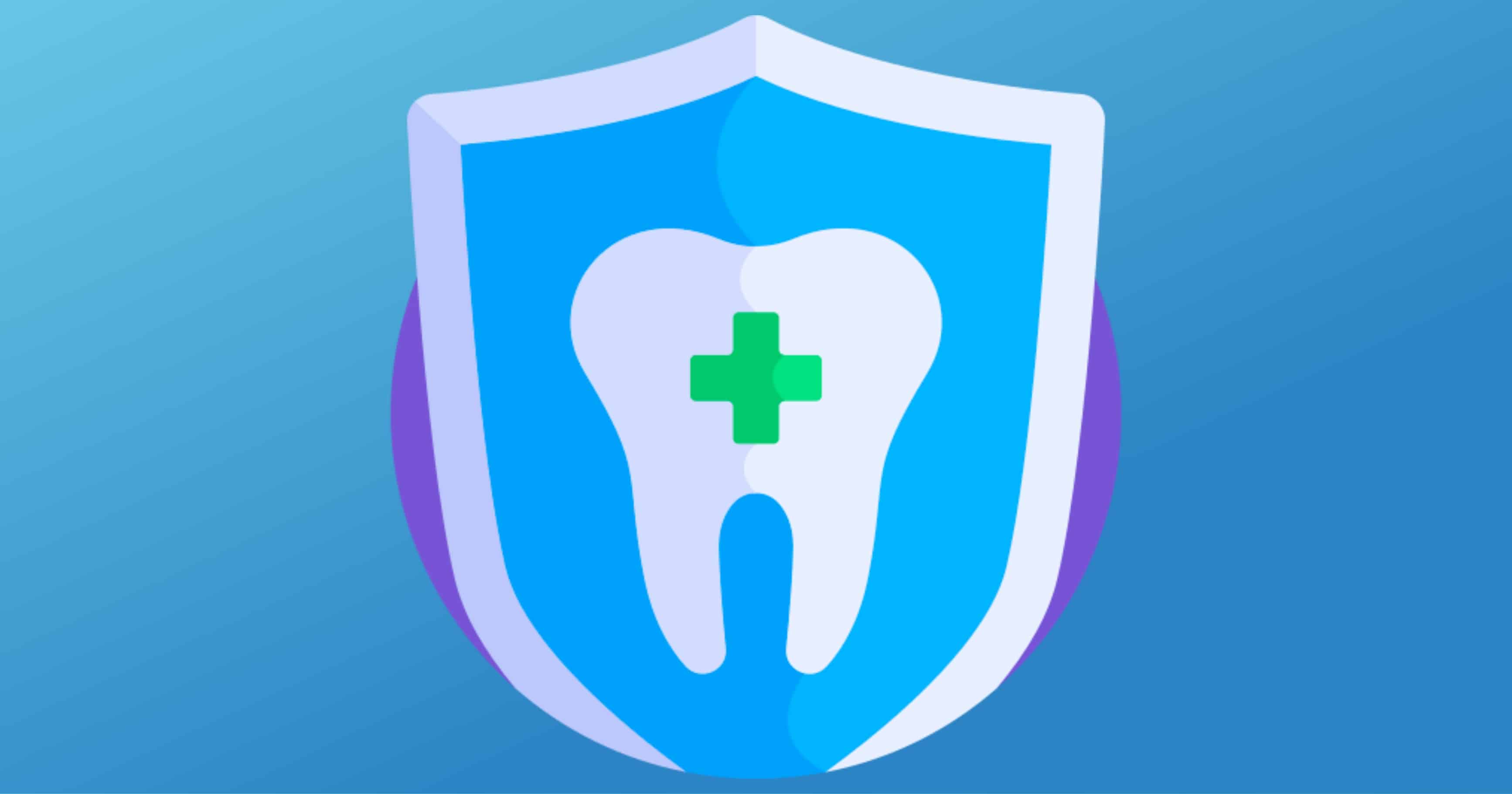What is Dental Compliance Training?
Dental compliance training, which can be provided by a dental practice or by outside dental compliance specialists, goes over these safety topics, providing employees with information about hazardous conditions and methods employees can use to protect themselves.
Dental Compliance Training: Is It Safe?
OSHA dental compliance ensures that practices are able to furnish workplaces that are as free as possible of recognized hazards. Dental compliance training may be presented in any number of formats: video presentations, online presentations, PowerPoint presentations, written training materials, or lectures.
A dental practice’s duty to train and instruct employees on how to comply with OSHA standards (e.g., respiratory protection, PPE, beryllium safety, respirable crystalline silica safety), and to avoid hazards in the work environment, means that the practice must present information in a manner that employees are able to understand.
Use our OSHA Compliance Checklist for Dental Offices to learn more about your practice’s compliance.
What are OSHA Dental Compliance Training Best Practices?
OSHA has found four characteristics that sound dental compliance training programs have in common. The best dental compliance training programs are those that are accurate, credible, clear, and practical. Dental compliance specialists who offer dental compliance training should fashion training materials so that the training contains these characteristics.
What is Accurate Dental Compliance Training?
For dental compliance training to be accurate, the training materials should be prepared by individuals who are qualified in the subject matter of the training. Under OSHA, a “qualified person” is a person who, through possession of a recognized degree, certificate, or professional standing, or who by extensive knowledge, training, and experience, has successfully demonstrated an ability to solve or resolve problems relating to the subject matter. As this definition makes clear, qualifications can be obtained either by education, or job experience and training.
For dental compliance training to be accurate, training materials must be updated as needed. Changes in regulations, OSHA guidance, and best practices, all warrant a continued assessment of training materials to ensure the materials are not outdated.
In addition, changes in the dental practice itself may warrant the revision of training materials. For example, the introduction of new hazardous chemicals or new personal protective equipment requires that dental practices train employees on the properties and proper use of these additional items, as part of the hazard communication.
What is Credible Dental Compliance Training?
Dental compliance specialists who offer dental compliance training should be credible. Being credible means having a general safety and health background, or being a subject matter expert in a health or safety-related field. Beyond this, dental compliance training should be offered by dental compliance specialists who have experience training adults. A dental compliance specialist with significant training facilitation experience will be viewed more credibly by dental employees than an individual whose practical or educational experience with dental safety issues is limited.
What is Clear Dental Compliance Training?
Dental compliance training can be offered by dental compliance specialists who are credible and who provide accurate information. If the dental compliance training is not clear, however, dental employees will not benefit from the expertise.
Training programs must be clear, which means that training materials must be clear and understandable to individuals receiving the training. Training materials should be capable of being understood by individuals who do not have a college education, or who are not familiar with the technical jargon of the subject matter. If an employee cannot understand the training because it is overly complex, the dental compliance training has not been effectively delivered.
It is simple enough to say that training should be understood by individuals without college degrees or subject matter experts, but what does this mean in practice? It means that training materials should be written in the language and grammar of the everyday speech of the participants.
Training developers should ensure that readability and language choices match the intended audience. If the intended audience consists of individuals who neither speak nor comprehend English, dental compliance specialists must provide training in a language that these employees can understand. Likewise, if an employee’s vocabulary is limited, or there is evidence of low literacy among training participants, the training should account for these limitations.
What is Practical Dental Compliance Training?
Dental compliance specialists can be credible, and can offer accurate information presented in a clear fashion. For training to be effective, one more ingredient is needed. The dental compliance training must be practical; that is, the training should present information, ideas and skills that employees will regard as useful in their day-to-day work.
Practical training allows employees to see how the information they are presented with can apply in specific workplace contexts and applications.








